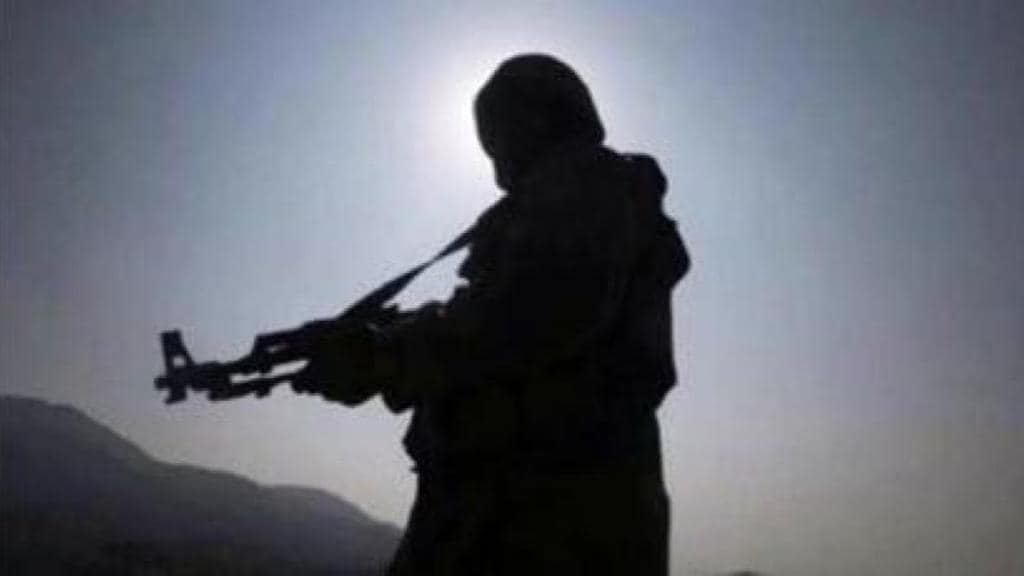The recent upsurge in terror attacks in Jammu & Kashmir (J&K) underscores a complex web of geopolitical and internal dynamics, primarily stemming from Pakistan’s volatile situation. As the Pakistani military grapples with unprecedented challenges, including an overstretched force and internal dissent, the country’s leadership appears to be reigniting tensions in Kashmir as a diversionary tactic. According to sources in the defense and security establishment, this strategy aims to destabilize the region and draw India’s focus away from internal Pakistani issues.
Pakistan’s Strategy and Its Execution
Pakistan’s current predicament is multifaceted: the economy is in shambles, the military’s influence is waning, and the country’s political landscape is increasingly uncertain. In response, there is a concerted effort to fuel the Kashmir conflict. “The infiltration of terrorists and Special Services Group (SSG) commandos across the Line of Control (LoC) serves as a primary method to incite violence and generate fear. Intelligence reports indicate that approximately 450 terrorists are stationed at launch pads along the LoC, supported by a contingent of SSG operatives. These units are tasked with facilitating forced infiltrations, often leading terror groups into Indian territory,” said sources quoted above.
A defense analyst explains, “The presence of SSG operatives is not just about increasing the volume of attacks but also about enhancing the operational capability of the terror groups. These commandos often accompany terrorist groups to the LoC, ensuring successful infiltration attempts and sometimes leading these groups in attacks on Indian soil.”
The Nature of the Threat
The nature of these attacks varies but often includes the use of sophisticated weaponry, such as US-made firearms, Chinese Beidou Satellite Communication systems, and steel-piercing ammunition. The targets typically involve Indian military installations or areas with significant public support, indicating a calculated effort to destabilize the region. Analysts estimate that there are currently 90 to 100 terrorists operating within J&K, organized into smaller groups, and with a few led by highly trained SSG personnel.
“These groups operate in a highly organized manner, utilizing advanced communication tools and logistics support,” says a security expert. “The involvement of SSG units adds a layer of complexity, making these groups more resilient and capable of executing sophisticated attacks.”
Countermeasures and Strategic Responses
To counter this evolving threat, Indian defense and security agencies must adopt a multi-pronged approach.
Key recommendations from experts include:
Countering Fear Mongering: It is crucial to combat the psychological warfare being waged by Pakistani elements, including the spread of rumors about large-scale infiltrations.
Banning Radical Networks: Organizations like Jamaat-e-Islami (JeI) must be targeted to cut off logistical and ideological support for terrorism.
Neutralizing Overground Worker (OGW) Networks: Disrupting these networks will deprive terror groups of local support, crucial for their operations.
Enhancing Communication Interception: Upgrading technological capabilities to intercept and decrypt enemy communications is vital.
Strengthening Human Intelligence: Deploying reliable personnel, including IPS and JKP officers, in sensitive areas can enhance local intelligence gathering.
Kinetic and Non-Kinetic Operations: A balanced approach combining direct military actions with psychological operations can yield effective results.
Securing the LoC and Key Infrastructure: Fortifying the LoC and controlling key routes can prevent the smuggling of arms and terrorists.
Bottomline
As the situation in J&K remains precarious, it is imperative for India to remain vigilant and proactive. The recent trends indicate a deliberate attempt by Pakistan to destabilize the region. However, with a robust strategy that includes both defensive and offensive measures, India can counter these threats and ensure the safety and security of its citizens.


